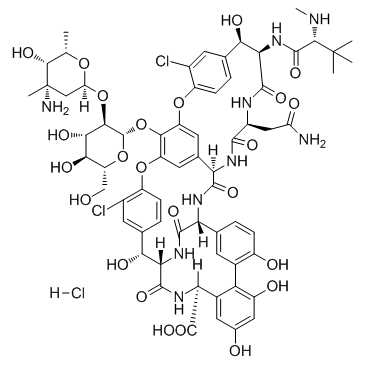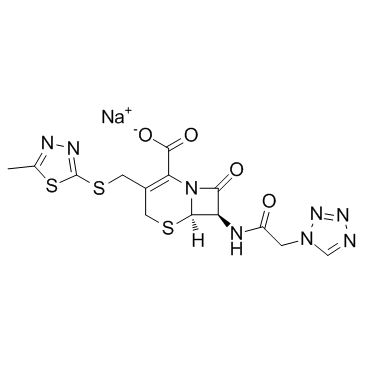| Structure | Name/CAS No. | Articles |
|---|---|---|
 |
Cefazolin
CAS:25953-19-9 |
|
 |
Vancomycin Hydrochloride
CAS:1404-93-9 |
|
 |
Cephazolin sodium
CAS:27164-46-1 |